‘My lolo screamed at me: Why are you telling the family stories?’
By Jocelyn GonzalesI first met performance artist and activist Kilusan Bautista backstage at the Bowery Poetry Club several years ago. That night, he rapped and recited poetry about his family’s immigrant experience wearing a T-shirt emblazoned with sun-rays from the Philippine flag. The vibe was positive, educational, and the audience bobbed their heads in recognition. A performance like this is part of Bautista’s personal brand of hip hop theater, combining poetry, storytelling and martial arts to describe the history and identity politics of the Filipino community in America. His latest work is Universal Filipino, a solo theatrical piece which debuts in New York this weekend at Nuyorican Poets Cafe. Although onstage, he radiates with bold lyrical energy, in person, Bautista is soft-spoken and reflective. I sat down with him to find out more about his background and artistic career.
JG: How would you describe Universal Filipino to someone who is coming to your work for the first time?
KB: Universal Filipino is a hip hop theater production which explores second-generation Filipino Americans growing up in the hip hop generation of the ‘80s and ‘90s. It explores a number of identity issues.
JG: Were the stories collected from your own or others’ experiences?
KB: It’s a combination of personal narratives of my life growing up, of specific influences, but there’s also a very imaginative part of it, which helps me with the storytelling, and the weaving of how it all connects together.
JG: You grew up on the West Coast, and I’ve heard it said that the Filipino experience, the community itself differs somewhat from the East Coast. Did you experience any of this difference?
KB: Overall, it’s one experience, but there are definitely multiple nuances. I was raised in the Mission District of San Francisco, which is very multicultural. So I would walk outside my house and it was predominately Latino. But then I’d go to a family party and it was all Filipino. But then I’d go to school and it was everybody. But we all huddled together, and just seeing the diversity made me question myself.
JG: How did you come to hip hop as a way of expressing that self?
KB: When I was really younger, I remember listening to hip hop with my uncles. They would play Run DMC, or Planet Rock at the family parties while they would get their boogie on. I remember listening to lyrics from Tupac Shakur or Ice T or Souls of Mischief, and I just was intrigued by their stories and growing up and their hardships facing discrimination and drugs and crime. It helped me understand what was happening in my own family, where my uncles were doing drugs.
There was a lot of violence in my immediate family. Instead of participating in it, or being consumed by it, I had this positive outlet where instead of hanging out on the streets, I could go to rehearsal. Or I could train at my uncles’ martial arts studio and release that pent-up energy.
JG: Did you ever encounter someone saying you shouldn’t share these experiences, or do you find that people are hungry for these stories?
KB: I laugh about this because my first play was called “Atuyo in the Sun,” inspired by Lorraine Hansberry’s “A Raisin in the Sun” that she wrote in the ‘50s. I just saw how she revealed her family, growing up in Chicago, experiencing segregated neighborhoods and the push to elevate yourself from poverty. I use that as my inspiration.
My grandpa, my Lolo Pat, he said, “Why you telling the family stories?!” He screamed at me over the phone and I just sat there and took it in. My grandparents came to America as workers in hotels and in the fields, so the need to express themselves wasn’t as prevalent in their time as it is in my generation. But we saw that struggle, we saw the sense of voicelessness. And hip hop is all about coming up raw, coming as you are.
My father in particular, when he went through his rehabilitation, I would go with him to his AA meetings, his NA meetings. I would listen to mostly men, in their later ages, 40s, 50s, 60s, just talk about their lives. I was a young man in my 20s and I was thinking, why am I there? I’m not an addict, but I felt connected because my father was there.
JG: How did you develop Universal Filipino, which is a one- man show? How did you find the shape of the story in terms of putting it on stage?
KB: Since 2005, I’ve been writing this as multiple scripts that went through so much editing. What I started out with in 2005 is nothing compared to what I have today. From what I performed at the premiere in June, it’s evolved, it’s constantly changing.
Being part of Asian American Pacific Islander Collective from 2000-2004, I created a lot of poetry that is embedded in the script. Growing up and training with my uncle in different eskrima forms, this is embedded in the play.
JG: When Filipinos come to see your show, there are certain things that we would recognize because our titos or lolas are just like yours. But what about other audiences, what do you hope they will learn about the Filipino community by seeing your work?
KB: I want people to know that Filipino culture is rich, it’s filled with a lot of irony, but it’s very beautiful. I always do a lot of talkbacks, Q&As after the show to find out what connects.
When I went to San Quentin State Prison, there was this older white man, he’s going to die in jail. And he said I brought him back to his childhood. I connected to a part of his childhood which for all of us we’re still vulnerable to. Childhood is a very delicate time where, if you tap into it, it can be like tapping into a wound for some people, or just a very sacred place. So I’m very careful about putting myself out there so people can see that it’s OK to be vulnerable, it’s OK to cry, it’s OK to have these pent-up feelings. But my hope is that, through my show there can be a push to make sense of it.
Jocelyn Gonzales produces the music and the book review podcasts for The New York Times, is an associate teacher at the NYU undergrad film department, and the senior producer and technical director at Feetin2Worlds.org.

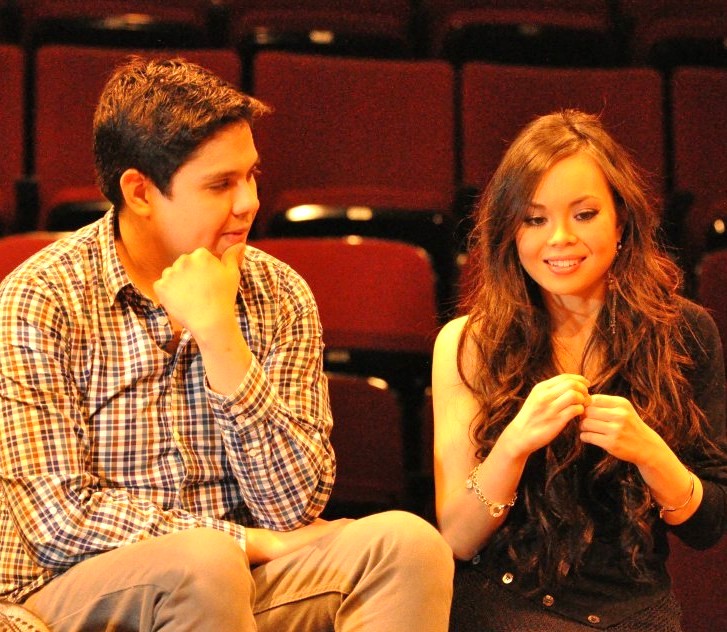
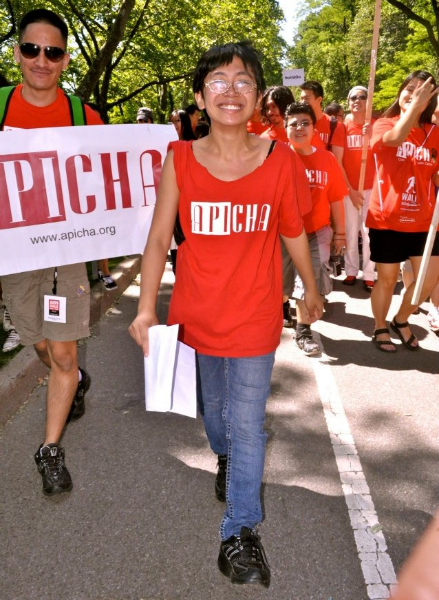
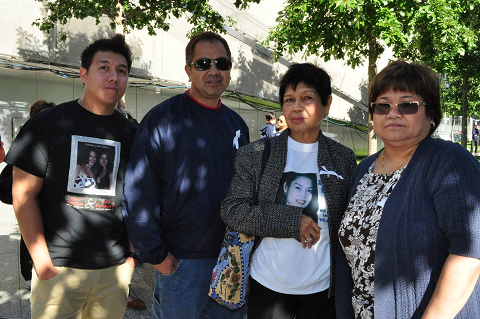
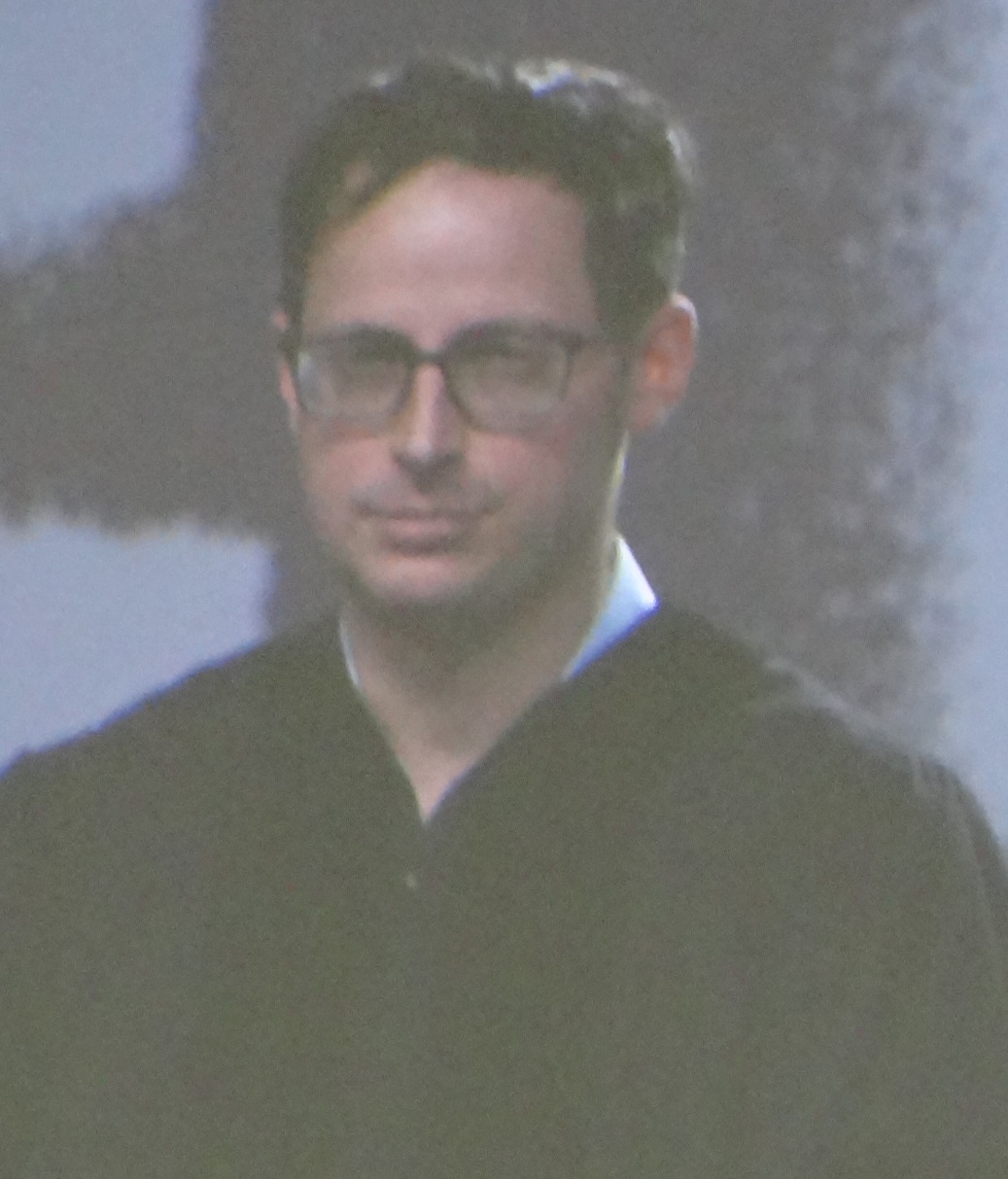
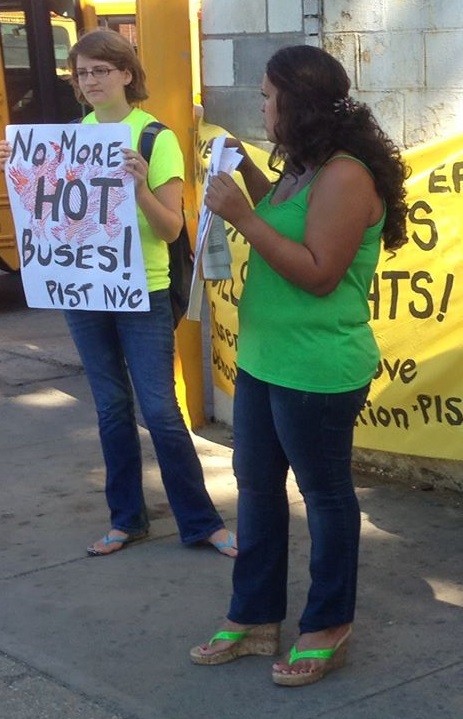
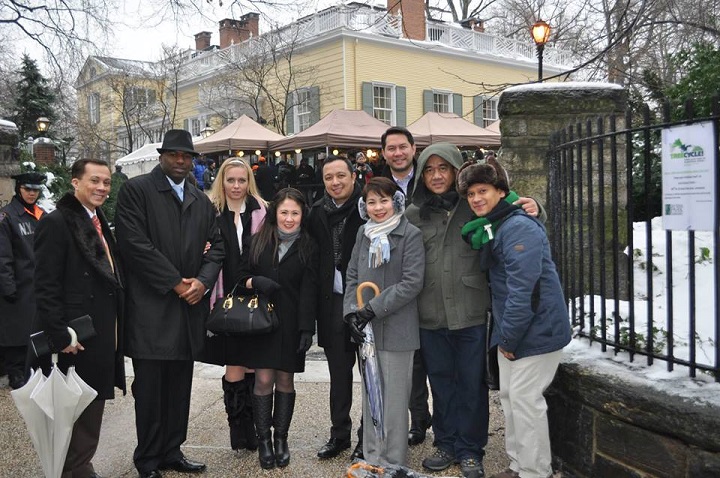

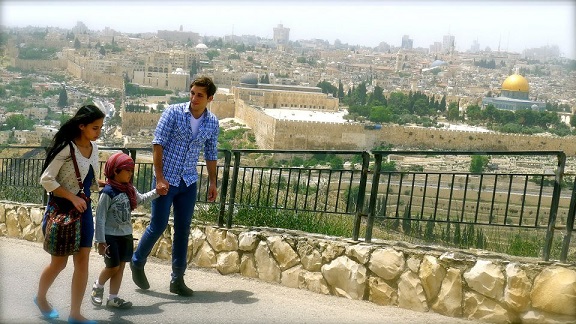
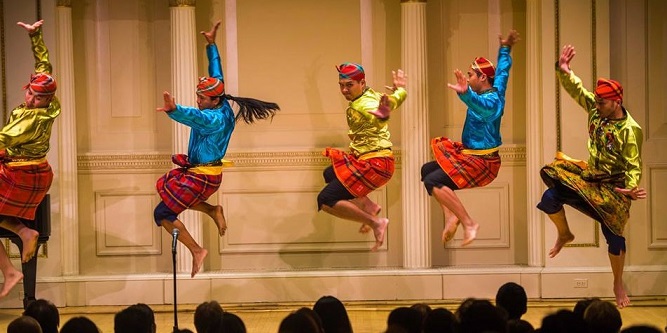
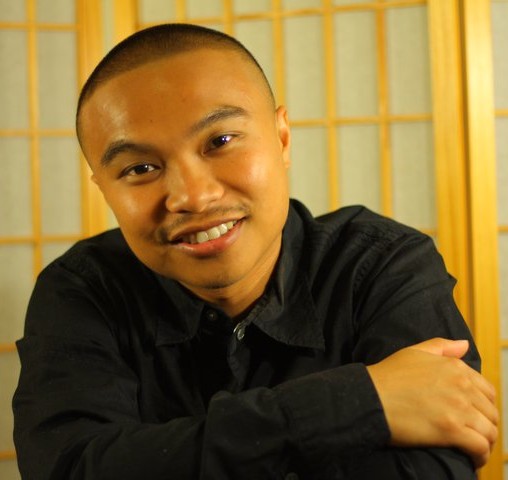

[…] This interview was originally published in TheFilAm. […]